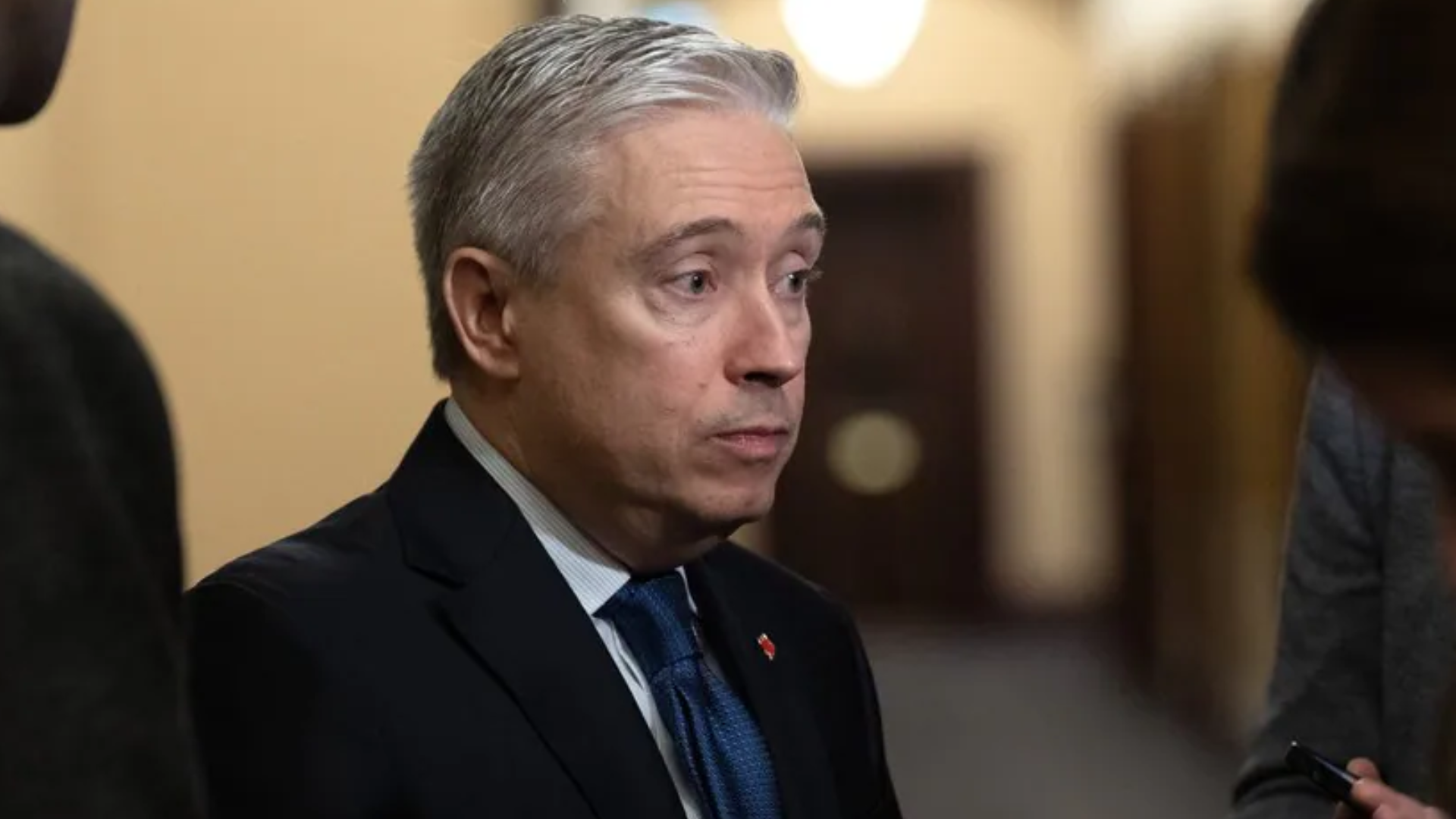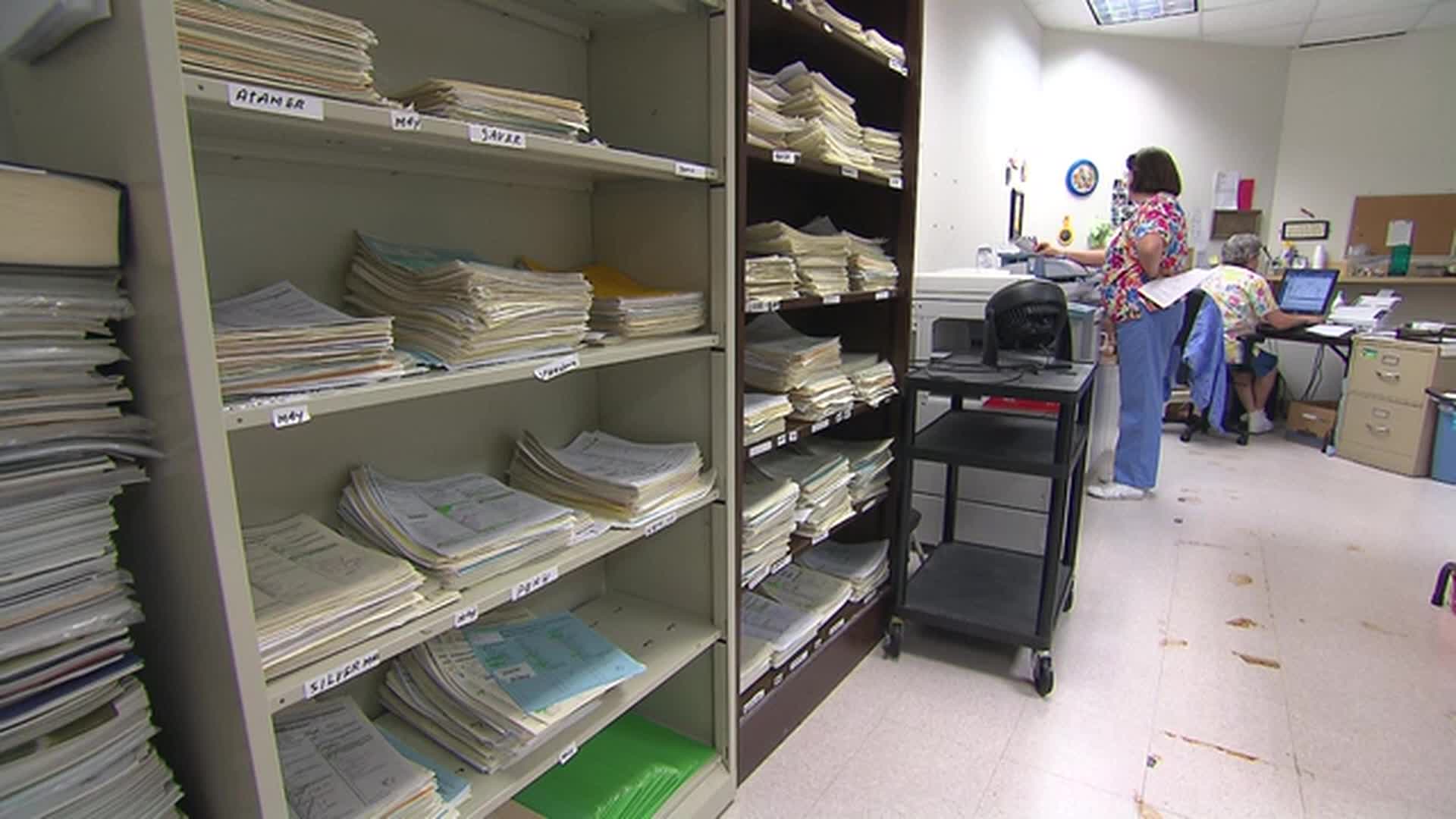President Donald Trump is considering issuing $2,000 tariff rebate checks to Americans as a way to offset rising costs, a move that has drawn both attention and scrutiny.
The proposal to issue $2,000 stimulus payments emerges as persistent inflationary forces continue to burden household finances throughout the United States. The Trump administration has characterized this initiative as a direct response to the escalating costs of essential commodities, a situation partially linked to duties imposed on imported goods. These payments are intended to offer prompt financial assistance, enabling families to manage the rising expenses associated with food, electronics, and various other consumer items.
White House representatives have characterized the initiative as a “direct aid system” for families affected by commercial regulations, stressing that its purpose is to lessen the financial strain resulting from increased import expenses. Nevertheless, the proposition has not yet been officially outlined, leaving inquiries regarding eligibility, financing, and scheduling unresolved.
Economic Impact Assessment
Economic experts are divided on the effectiveness of such rebate checks. On one hand, providing direct cash payments could stimulate short-term consumer spending, potentially boosting retail sales and helping the economy weather periods of slow growth. For households struggling with high prices, receiving a lump-sum payment could provide tangible relief and improve disposable income for essential purchases.
Conversely, detractors contend that this initiative might fail to tackle the fundamental drivers of inflation, including interruptions in the supply chain, scarcity of workers, or fluctuating energy costs. Apprehensions exist that a rapid injection of funds could intensify price increases, possibly worsening inflationary patterns instead of alleviating them. Furthermore, the expense associated with issuing these payments—projected to amount to tens of billions of dollars—prompts inquiries regarding fiscal prudence and its potential effect on the national debt.
Eligibility and distribution questions
Key details about who would qualify for the proposed $2,000 checks remain unclear. Some analysts suggest that the rebate could target low- and middle-income households, who are most affected by rising prices, while others speculate that it may be distributed broadly, similar to previous stimulus programs. Determining eligibility criteria, verification processes, and delivery methods will be critical to ensuring that the payments reach those who need them most efficiently.
Historically, comparable refund programs, like the 2008 Economic Stimulus Act and the 2020 pandemic aid payments, utilized income limits and tax filing information to pinpoint eligible individuals. Although these initiatives offered immediate financial assistance, they also underscored implementation hurdles, such as slow distribution and obstacles in reaching communities with limited banking access.
Political implications
The proposal carries significant political weight, particularly in an election-year context. Advocates for the rebate argue that it demonstrates a commitment to supporting American families facing economic hardship, potentially strengthening public approval for the administration. It also aligns with Trump’s broader messaging on trade, highlighting efforts to mitigate the impact of tariffs on domestic consumers.
Conversely, opponents caution that using taxpayer funds to offset trade policy consequences may be seen as a short-term fix that fails to tackle structural economic issues. Some lawmakers have raised concerns that the plan could disproportionately benefit higher-income households or large corporations, depending on how eligibility rules are structured. Debates in Congress over funding and authorization are likely to shape the ultimate feasibility of the initiative.
Rebate check historical background
The United States has a history of using direct cash payments to households during periods of economic stress. Previous examples include the Economic Stimulus Act of 2008, which provided rebates of up to $600 for individuals and $1,200 for couples, and the multiple rounds of COVID-19 relief payments in 2020 and 2021. These programs were designed to quickly inject money into the economy, supporting consumer spending and stabilizing demand.
While past programs offer lessons in implementation, the proposed tariff rebate has a distinct motivation: compensating consumers for costs incurred due to trade policies rather than broader economic crises. This focus highlights the unique intersection of trade policy, domestic consumer protection, and fiscal policy that the administration is attempting to navigate.
Potential challenges and risks
Several logistical and policy challenges could arise from issuing $2,000 tariff rebate checks. First, the sheer scale of the program would require careful planning to avoid delays or errors in distribution. Second, there is the question of funding: whether the payments would be financed through federal borrowing, reallocation of existing resources, or a combination of approaches. Finally, the administration must consider the broader economic implications, including the possibility that rebates could temporarily boost demand, putting upward pressure on prices.
Economic experts also point out that while rebates might offer short-term comfort, they don’t address the fundamental forces driving inflation. To guarantee that the advantages of these reimbursements endure, modifications to trade policies, enhancements in supply chains, and specific financial interventions could be essential. Without complementary systemic changes, detractors contend that direct payments could merely act as a temporary fix instead of a lasting remedy.
Public reaction and expectations
Initial reactions from the public have been mixed. Some consumers welcome the potential for immediate financial support, viewing the rebate as a way to offset rising grocery bills, energy costs, and everyday expenses. Others express skepticism, questioning whether the payments will be sufficient or if they will arrive in time to meaningfully address financial pressures.
Market reactions have also been reserved. Financial experts point out that although consumer expenditure might experience a short-term increase, the enduring economic results will hinge on wider macroeconomic patterns, such as interest rates, international trade movements, and national fiscal strategies.
Harmonizing immediate aid with enduring objectives
The $2,000 tariff rebate proposal underscores the ongoing challenge of balancing immediate economic relief with sustainable fiscal policy. While cash payments can offer temporary support to households grappling with inflation, experts caution that such measures are not a substitute for comprehensive economic strategies addressing supply chains, trade policies, and systemic inflation drivers.
As the government considers the viability of distributing these stimulus payments, legislators, financial experts, and the general populace will keenly observe the program’s structure and its potential effects. The eventual triumph of this endeavor will hinge not merely on its capacity to disburse funds promptly but also on its alignment with wider strategies designed to stabilize costs and foster sustained economic expansion.
For Americans navigating rising costs, the proposed $2,000 rebate represents both an opportunity for immediate relief and a reminder of the complexities inherent in addressing inflation through direct cash payments.




